Tetric N-Flow is a flowable, light-curing, radiopaque nano-hydrid composite, from Ivoclar Vivadent.
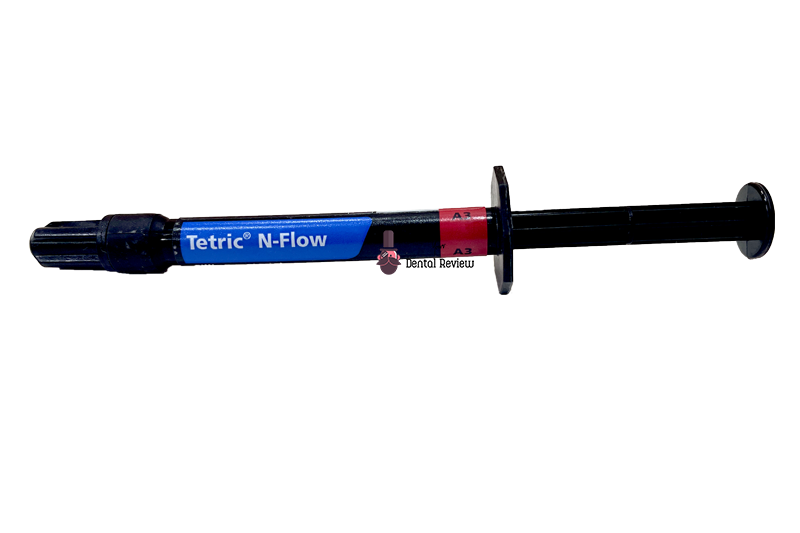
- Available as 2gm syringe.
- Shades available:
- Incisal – A1, A2, A3, A3.5, A4, B2.
- Dentin – A3.5 dentin.
- Incisal – T ( Highly transluscent).
- Bleach – L (Light) & I (Incisal).
Composition:
- 36 wt% dimethacrylate (TEGDMA)
- 63 wt% fillers (barium glass, ytterbium trifluoride, highly dispersed silica and mixed oxide).
- 1 wt% initiators, stabilizers and pigments.
- Particle size of inorganic fillers is between 40 and 3000 nm.
- Total content of inorganic fillers is 39 wt%.
INDICATIONS:
- As a initial layer under Class I and II restorations.
- In Class III and IV restorations (anteriors).
- In Class V restorations.
- In small restorations of all types.
- In extended fissure sealants.
- In splinting of mobile teeth.
- For blocking of undercuts.
- To repair composite and ceramic veneers.
CONTRAINDICATIONS:
- It requires isolated and dry working conditions. If such conditions are not achievable, restoration with composite material should not be attempted.
- It should be avoided in case of allergy to it’s ingredients.
SIDE EFFECTS:
- If sensitization occurs, product should not be used.
- In areas close to the pulp, direct application should be avoided.
INTERACTIONS:
- Eugenol inhibits the polymerization of Tetric N Flow. Hence, both products should not be used together. Same is the case with other phenolic substances. If you have used an eugenol based root canal sealer or eugenol based temporary restoration or eugenol based temporary cement, avoid used of Tetric N Flow.
APPLICATION:
I will not be going over all the steps of a composite restoration, just the specific points to be kept in mind for Tetric N Flow. To read the full application protocol for Tetric N line of composites Click Here.
- Tetric N Flow should be applied to a maximum layer thickness of 2 mm ( 1.5 mm in case of Dentin Shade).
- Light curing
- > 500 mW/cm2 – 20 seconds
- > 1000 mW/cm2 – 10 seconds
HANDLING & STORAGE:
- Tetric N Flow should be at room temperature when applied. Cool temperatures make the material difficult to extrude.
- Avoid direct contact with unpolymerized material. Such contact is not prevented by commercially available medical gloves.
- Should be stored between 2-28°C (36-82°F).
- Close the syringe with given cap immediately after use. Exposure to light causes premature polymerization.
- If canula/ tip was used to directly to apply Tetric N Flow inside the mouth, it should not be used again on another patient.
Review of Tetric N-Flow
Flowable composites should be such that, they should flow easily when applied but also should not droop. In my use, Tetric N Flow comfortably fulfills both the requirements. One thing you have to keep in mind is not to ‘build’ a thick layer, a layer thicker than 1.5mm will definitely lead to drooping of material.
I have also found it to have excellent esthetic ‘chameleon like’ results.

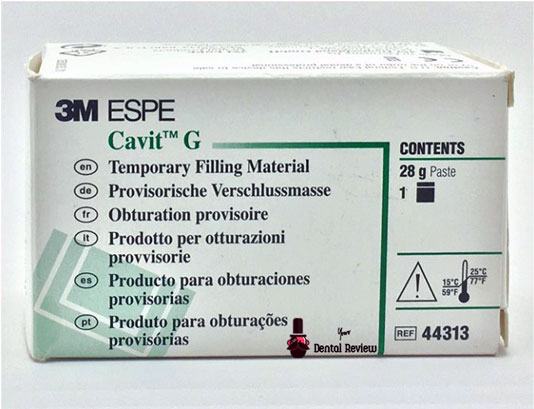
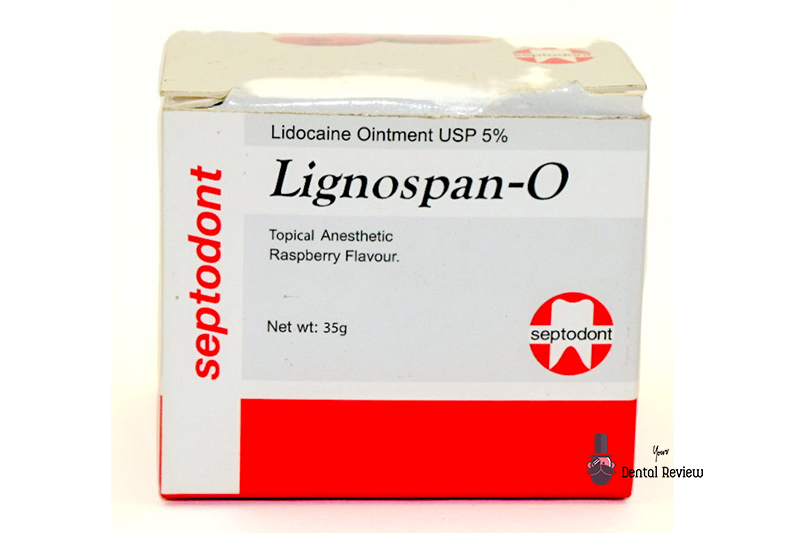
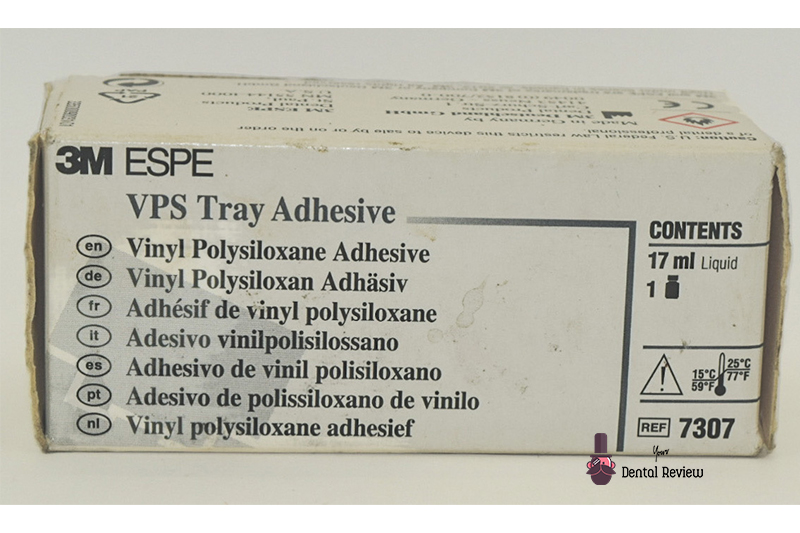
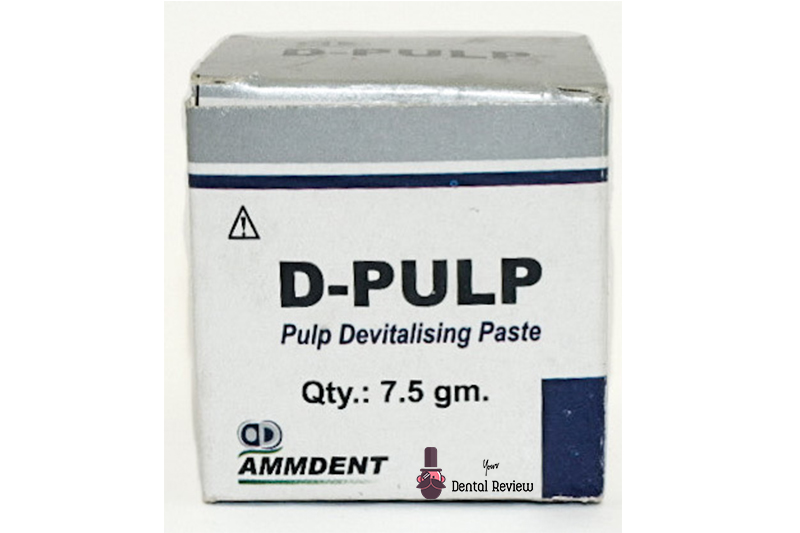
Pingback: Tetric N Ceram Dental Restorative Material - Your Dental Review